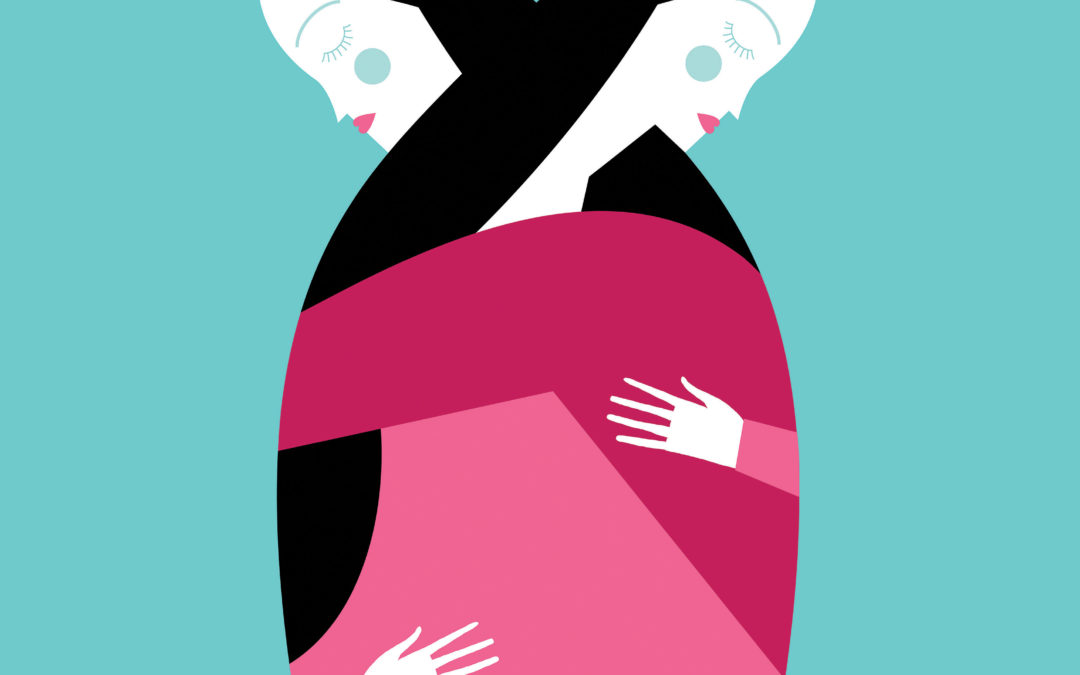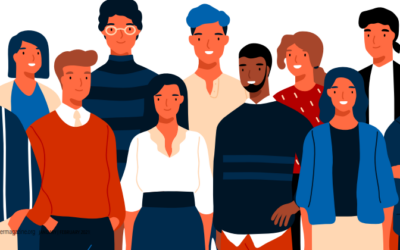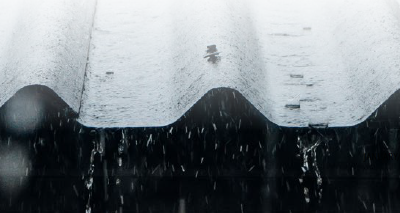by Jordan Miller-Stubbendick—
When the Sabbath was was over, Mary Magdalene, and Mary the mother of James, and Salome bought spices, so that they might go and anoint him. And very early on the first day of the week, when the sun had risen, they went to the tomb. They had been sayingto one another, “Who will roll away the stone for us from the entrance to the tomb?” When they looked up, they saw that the stone, which was very large, had already been rolled back (Mark 16:1-4).
I envy the women at the tomb. Really? you might ask. Why is that?
The women are facing a difficult, deeply traumatic experience. Their dear friend, Jesus, has been cruelly executed. Life looks very different for them now. But—they are stumbling through this experience together. Each woman has a small community of others who understand, the nuances of what it means that Jesus, their teacher and friend, has died.
Depending on which Gospel you consult, this community includes Mary Magdalene, Mary the mother of James, Salome and Joanna. In re-fashioning the jagged edges of their lives into a new mosaic, these women can call on one another for support and understanding. They can walk through the trauma with a web of support.
This is how God created us to live: in close community with other people, sharing the sorrows and joys of our lives. Life’s most joyous times are enhanced by this kind of mutuality, and the most trying days are eased by knowing that we are not alone.
Holy Week is a time of both extremes—from the wrenching loss of Good Friday to the triumphant exultation of Easter Sunday. The women named in the Gospels give us an image of life that is traveled in community. The women at the tomb face deep sorrow and astonishing joy in quick succession; and they bear witness to it all together. I wonder if they stayed in close contact for the rest of their lives, bound together by this almost unbelievable shared experience.
WHAT DOES COMMUNITY LOOK LIKE?
What does it take to develop close, lifelong community? That’s a question I wonder about with some frequency. My own childhood was defined by my relationship with my best friend and her family. Our two families were the kind of friends you read about in books or watch in movies. We went to church and school together. We shared vacations. Our parents each listed the others as emergency contacts, and if need be, would have served as guardians of the other family’s children. There are few significant memories of my growing up years that do not involve this family in some way.
In their own fashion, my family and my friend’s family each served as the women at the tomb for the other. Times of profound grief and deep joy were witnessed together—as well as the many, many ordinary days in between. Community, when I was growing up, was located right where I lived—within my family and close friends, whom I got to see at least weekly, if not every day. Now—with the very notable exception of my spouse and sons—my community takes on a different shape.
In this season of life, my family and I don’t yet have the deep and lasting kind of friendship with another family that so shaped my growing up years. My dearest friend lives 800 miles away. We text and talk often, but in a good year, we see each other in person twice. Other friends also live at a distance. My friends who live geographically closer tend to value different things. Faith in God does not shape the rhythm of their days in the same way that it does mine, and that is hard.
These days, community includes dear friends who live in Missouri, South Carolina and Michigan, as well as developing friendships with other moms of young children in my neighborhood. It holds space for my next-door neighbor, who keeps treats in her car for my dog, even though she doesn’t have a dog of her own. My community encompasses my parents. My husband and kids and I sleep over at their house almost every Sunday night to have time to really talk and rest together. My community includes my in-laws, who live a thousand miles away. My community is somewhat scattered, more like a patchwork quilt than a garment that is made all of one piece. Based on my experiences of community as a child, my community as an adult used to feel sparse and somehow lacking. Lately, though, I have tried to view it through another lens.
CALLED TOGETHER
Perhaps the definition of community is wider than I once thought. Community can span distances, varied life situations, age and even death. My grandmother died when I was a senior in college, but she is a member of my community, for sure. Community does not always remain static or in one configuration for years on end. It can be fluid, changeable, open to new shapes and unexpected subtractions and additions. What we experience now is not necessarily what our community will always look like.
I wonder if even the women at the tomb were surprised by their own community. They probably did not expect things to turn out as they did—to be standing at the empty tomb, confronting first death, then life, in short order. Maybe they weren’t even that close to each other before that weekend. But whatever they were before those days, as they moved together through Good Friday, Holy Saturday and Easter Sunday, they became a community.
As we move through the events of Jesus’ death and resurrection each year, we, too, are called into community together. Holy Week calls us into community as women, in particular. Women were the first witnesses of Jesus’ resurrection, the first to share this astonishing news of life and hope with the world. How they share this news varies, depending on which Gospel you consult. In Luke’s Gospel, the women tell the male disciples and are dismissed—but they have set the good news free in the world, and it makes its presence known anyway. In Mark’s Gospel, the women are seized by terror and say nothing to anyone—but they must say something to someone, eventually, because the news gets out, and here we all are.
As you consider your own life, your community may be all that you hoped it would be. Or perhaps it looks very different than you thought it would. Maybe you, like me, sometimes long for your community to have a different shape than it actually does. It helps me at those times to remember that even calling and community have loneliness in them. The women at the tomb knew this too. They stood at that tomb as a group, but they still had to live alone within their own minds and hearts. They still had to reckon with their individual experiences of grief and joy. They held both emotions in tension—their own experiences of Jesus’ death and resurrection, with a group of others who helped them to hold these events and their feelings about them.
The women at the tomb learned that resurrection does not happen without death. This can be true for the shape of our communities too. Perhaps we occasionally need to let go of our old or idealized versions of what our communities should look like, so the actual community that nourishes our lives can come into being. We may discover that our communities are broader than we initially imagined them to be.
The rhythm of the church year connects us to a story of faith that is larger than any of us. Our friends who live far away, the ancestors we didn’t know well—they have lived this story too. Walking through the story of life, death, resurrection and many ordinary days each year brings us together. Our community walks behind us, in front of us and right next to us, holding our hands.
Holy Week calls us to many things. One of them is knowing that we are not alone. We do have a community to walk with, that walks with us, whether that community lives where we do, whether members of that community live on earth or in heaven. I picture Amy in St. Louis, Courtney in Charleston, Meredith in Traverse City, my grandmother who died in 2003, and family and friends near and far. They stand at the tomb with me during Holy Week and in other times of sorrow and joy.
Perhaps we are all the women at the tomb, standing with our community in moments of sadness, exultation and ordinariness. Even if it doesn’t always look like we thought it might, it is enough.
The Rev. Jordan Miller-Stubbendick serves as pastor of St. Paul Evangelical Lutheran Church in Niagara Falls, New York. She lives with her husband, Adam, their two sons, and their dog.
This article is from the April 2020 issue of Gather magazine. To read more like it, subscribe to Gather.
10 ways to manage your mental health
Felicia Houston, mental health specialist with ELCA-affiliated Advocate Health Care, Chicago,...
Gather offers Lenten devotional
As we approach the Lenten season, you may be looking for a devotional to carry you through the...
The winter storm
The rain is loudly pounding on the old metal roof of the refurbished farmhouse I call home....





